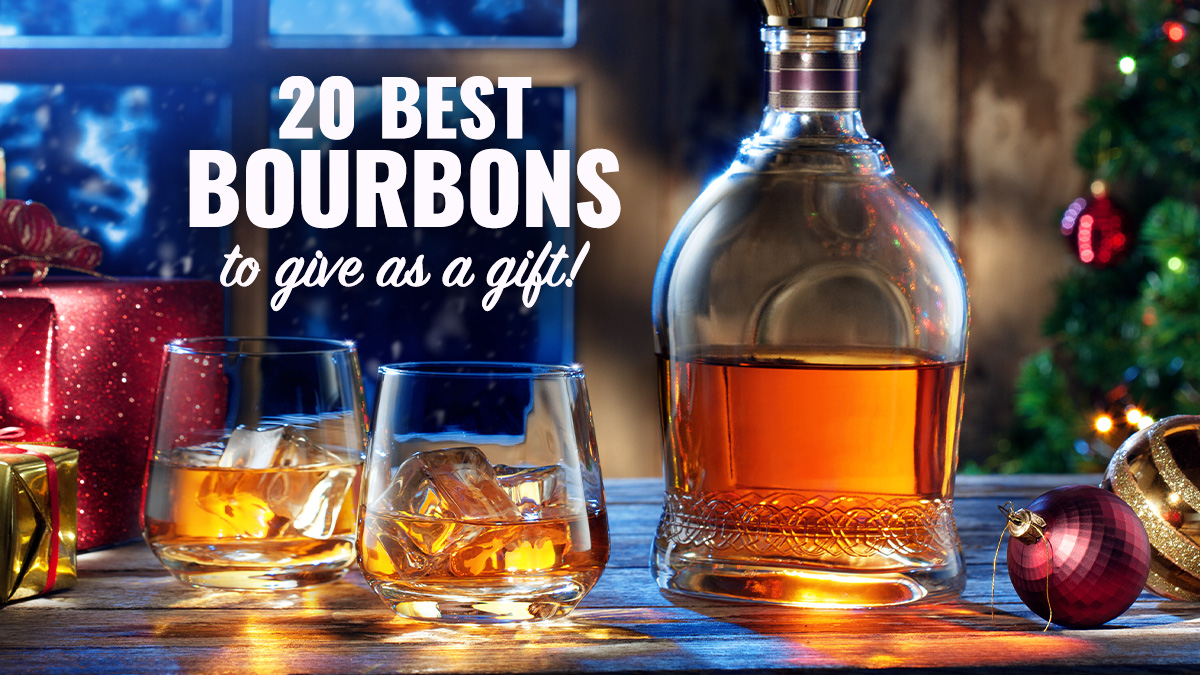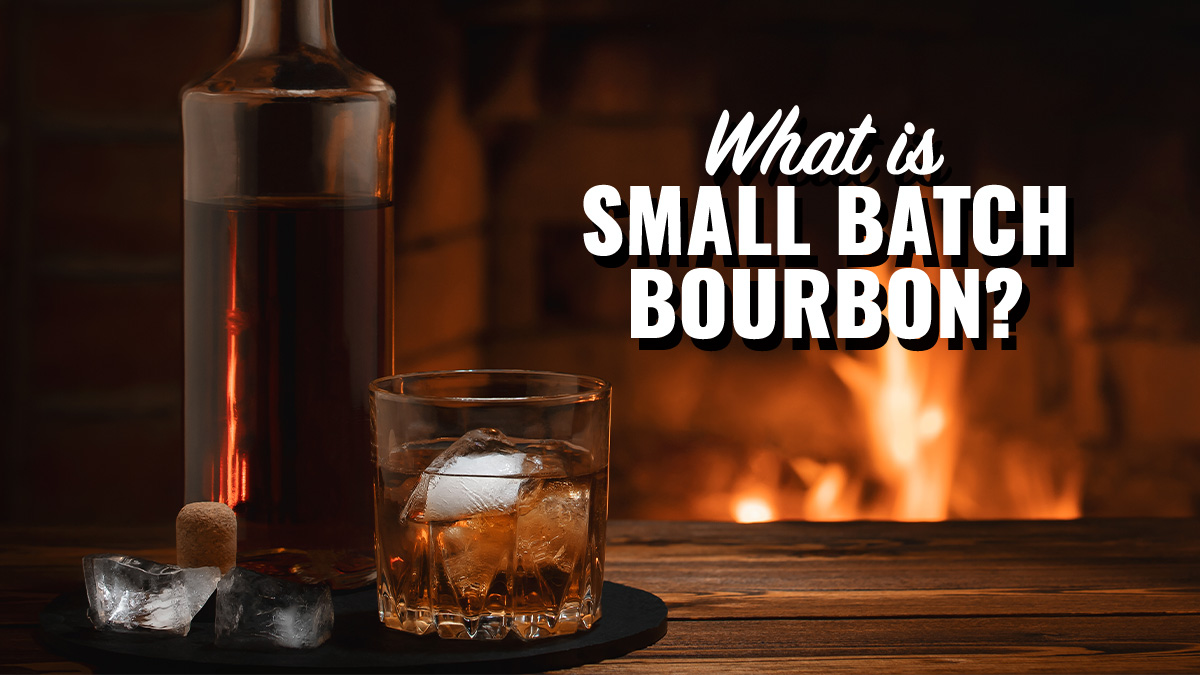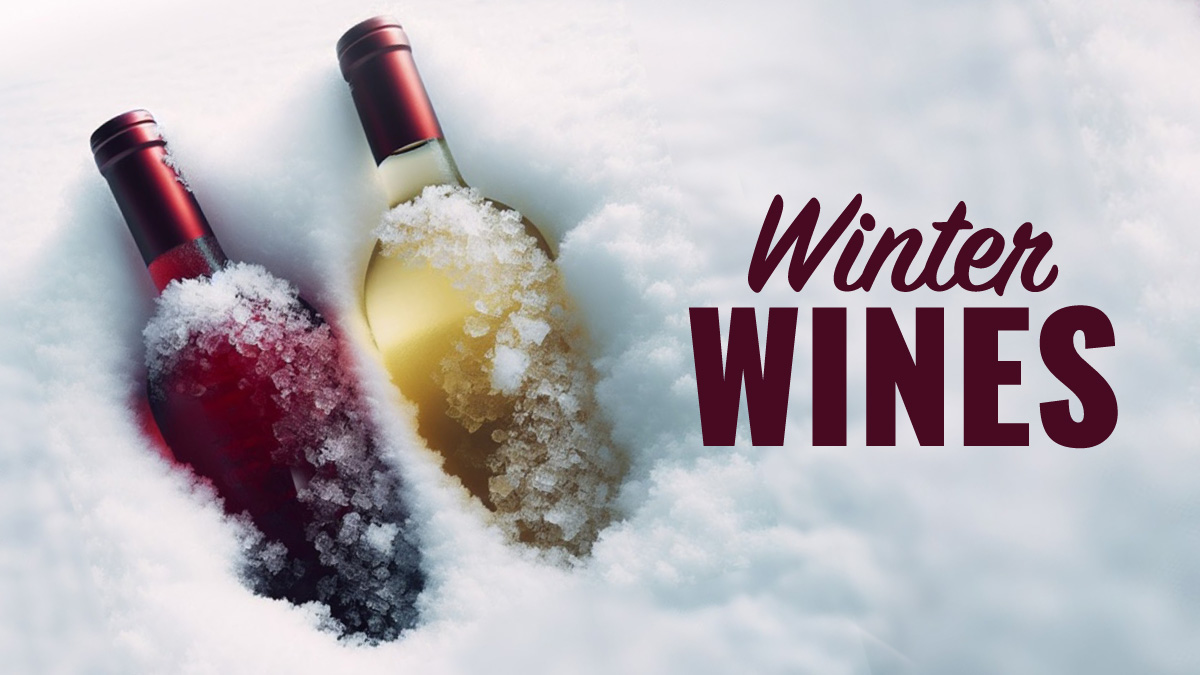
THE TASTING
I’ve done a handful of these style tastings and have had good results with this format. What I do is go to both the BJCP (Beer Judge Certification Program) and Brewer’s Association websites to get style guidelines.
- https://www.bjcp.org/docs/2015_Guidelines_Beer.pdf
- https://www.brewersassociation.org/resources/brewers-association-beer-style-guidelines/
These are the parameters that are used to judge amateur/homebrew (BJCP) and professional/commercial (Brewer’s Association) competitions. There is a lot of information that is unnecessary for use in this situation. I combine the two and edit as needed. What I end up with looks like this:
Beer Style Tasting Notes
MUNICH HELLES
Overall Impression: A clean, malty, gold-colored lager with a smooth grainy-sweet malty flavor and a soft, dry finish. Subtle spicy, floral, or herbal hops and restrained bitterness help keep the balance malty but not sweet, which helps make this beer a refreshing, everyday drink.
Appearance: Pale yellow to golden. Clear. Persistent creamy white head.
Aroma: Moderate grainy-sweet malt aroma. Low to moderately-low spicy, floral, or herbal hop aroma. The freshest examples will have more of a malty-sweet aroma.
Flavor: Moderately malty start with the suggestion of sweetness, moderate grainy-sweet malt flavor with a soft, rounded palate impression, supported by a low to medium-low hop bitterness. The finish is soft and dry, not crisp and biting. Low to moderately-low spicy, floral or herbal hop flavor. The malt dominates the hops in the palate, finish, and aftertaste, but the hops should be noticeable. There should not be any residual sweetness, simply the impression of maltiness with restrained bitterness. Very fresh examples will seem sweeter due to the fresh, rich malt character that can fade with time.
Mouthfeel: Medium body. Medium carbonation. Smooth, well-lagered (clean) character.
This expands on the information I presented, as best I could, in the initial “What the Helles?” post. Overall Impression is just that, a broad characterization of the liquid. Appearance, Aroma, Flavor and Mouthfeel are the characteristics you will analyze while tasting.
In addition to these guidelines, you should also introduce yourselves to the style with a “classic” example. In the BJCP guidelines, they list “Commercial Examples” they view as good examples of the style.
Commercial Examples: Paulaner Premium Lager, Spaten Premium Lager, Weihenstephaner Original
I went with the Weihenstephaner because of my personal feelings on the beer, and the brewery’s use of brown glass (the green glass on Spaten can lend itself to off flavors from light exposure).
Spend some time with your commercial example and your guidelines to get an idea of the “ballpark” you’re playing in. Keep in mind, the guidelines are a range that your beers, including the commercial example, should fall within. The beers will not all be identical to the commercial example, or one another.
Now you’re ready for the tasting. You can do this a couple of different ways:
- Progression
- Flight
The progression is the easiest to have, but the more difficult to get any real “results” from. It’s straight forward and you taste through your beers, one after another. This presents difficulties in judging, because your ability to taste/perceive characteristics, especially in a subtle style like Helles, will be inhibited by the flavors and alcohol of each example. The farther into the tasting you get, the less able you are to discern the character and differences in each example. If your event is not focused on the beer tasting, this is the easiest logistical choice.
Flights are a popular style of service for beer at bars and brewery tap rooms. It’s a selection of multiple beers, served, usually, in small portions at the same time. For this tasting, you would provide each taster with enough glasses to have each beer poured for their sampling at the same time. There is still the likelihood of palate fatigue, like in the progression tasting, but you can go back and forth between all of the examples so that, even with an inhibited ability to taste, all examples are judged at, or near, the same time.
You can take things a step further to make things that much more fun, and remove any possible bias/loyalty, by doing things blind. A blind tasting is less literal than it sounds. You won’t be blind folding your friends and anticipating the chaos and ensuing cleanup needs that would bring about. Instead, the beers for either tasting format are poured out of viewing of the tasters, and no indication of what beers are being tasted is given. I like this style of tasting, a lot, because there’s something about it that gets your brain working that much harder to taste and explore the liquid. It’s nerdy, I get it… but fun!
Even more nerdy (you had to have expected that from me…) would be to actually judge things with a scoring. A couple of the tastings I’ve done have been for classes at Spec’s or articles for the folks at Houston Beer Guide, and I’ve used this system to grade the beers.
50 Points Total
- Overall Impression (20 Points)
- Appearance (5 Points)
- Aroma (10 Points)
- Flavor/Mouthfeel (15 Points)
I use “Overall Impression” as a scale of personal preference andenjoyment, because these style tastings end up being slight variations on the same song, over and over. When you find something that sticks out to you, positive or negative, it doesn’t always fall outside of the style guidelines enough to move the points. This scale brings an element of “do I like this?” into play, instead of just being about “is it a good example?”.
And that’s it! Glassware, serving temperature, snacks/food are, for the most part, a point of personal preference. Depending more on you and your event than anything else, some styles lend themselves to specific glassware or a concern for serving temperature at the time of tasting, but all of that has to be balanced with the amount of fun you want to have with this. If you’re invested in all of those details, there’s a good possibility that things will be stressful and far less enjoyable than they could be. After all, it’s just beer, and Helles is just “beer flavored beer.”
I would LOVE nothing more than to hear back from y’all that you had your own tasting and your thoughts.
All About That Taste!
Keeo reading on to the following blog post to see how we taste-tested these beers, and how you can judge them for yourself at home and with friends!




